Jatin Varma on Comic Con and India's 'overhyped reading habits'
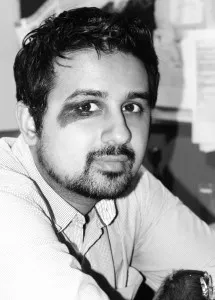
"Okay! Worst case scenario - we'll lose some money."
"I started Comic Con India as an experiment," begins Jatin Varma, the brainchild behind the extravagant comic book exhibition in India. Before Comic Con, Varma published his own comic book magazine Random, styled after the immensely popular American MAD magazine. Through Random, Varma created a network of illustrators scattered across Delhi, Mumbai and Bengaluru. Random was a rare home-grown platform for comic book writers and illustrators. But Varma was still not satisfied. He realised writers and illustrators needed a far bigger platform to meet, showcase their work and sell it. He says, "When you want to showcase your work, it's very difficult to even make people know about it. It took over six-to-seven months to really hash out Comic Con, and execute in 2011. It was honestly an experiment where I was like, 'Okay! Worst case scenario - we'll lose some money.'"
An unorganised, young industry
Varma wasn't from the industry, but he knew it in detail. The first Comic Con in 2011 produced a mixed response. It was the first of its kind in India, and of its scale. And it was the first time hundreds of Indians would even realise that tucked in the publishing industry, there was a niche, small and vibrant space for native comics.
But the challenges of Comic Con were less to do with comics and more to do with others failing it before. Varma says, "The larger companies were sceptical. Apparently, there were other people who'd tried this and not done it professionally. So the first one and a half years was very difficult in making them spend money - convincing them that we're not joking around. We weren't pushy enough, because it was experimental. But the investment interest was so tiny." Not coming from an even management background, Varma was met with raised eyebrows and 'I'm sorry, but who the hell are you?'
"With regular publishers like Harper Collins or Random House, there's some sort of semblance in terms of number of authors or number of titles coming out. But take Amar Chitra Katha or Campfire - if you were to ask me how many titles are sold in a year, I won't be able to tell you anything. In that sense it's unorganised. It's still difficult to be a comic book publisher, but it's certainly getting easier to get your stuff out. Selling your books online is coming out, and that's helped a lot."
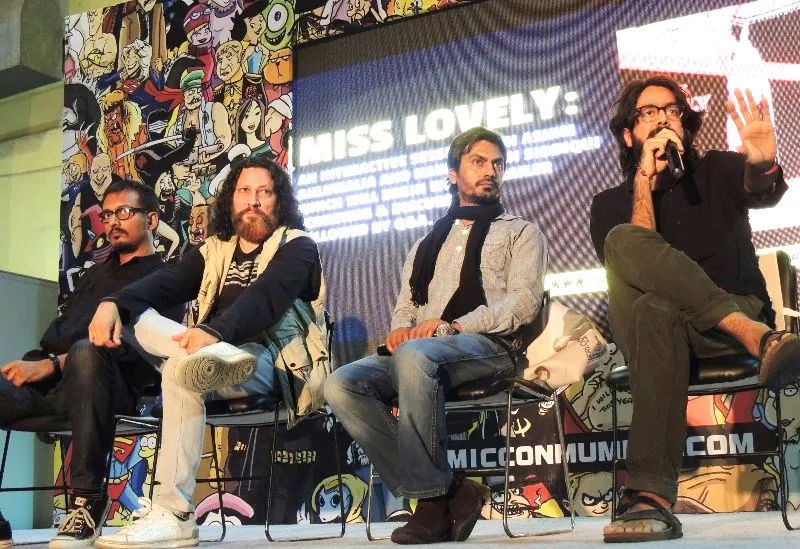
Not so well-read after all
We've always assumed Indians are rapacious readers of despondent Russians, British drolls and the perennially disconsolate Japanese. It would only be natural that we progressed from our Tinkles to graphic novels, too. But Varma has a stronger opinion against our own literary delusions. "To be honest," he says, "Indian audience... their reading habits are over-hyped. I don't think we read books." And in a blistering indictment against popular contemporary littérateurs, Varma remarks, "And I don't consider people reading Chetan Bhagat avid readers of anything."
According to Varma, India's reading habits come from two places: what's trending in the markets and what's trending (from the 1900s, more like) in obsolete university courses where old British literatures, which read more like descriptive anthropology texts these days, reign supreme. Never has a population been more dismissive of the collective literary heritage, including contemporary forms of literature, of Asia. Yet we cling on to our colonial overlords.
"Americans read more than us! On average, a good magazine there might sell a million copies. There are no magazines like that in India." To put things in perspective, Time sells more than three million copies and India Today sells 700,000, the second highest in the nation. Yet, our English-literate audience can easily compete with theirs.
Creator's dilemma
Varma decries, "If I can't get my book into a store or your face, I can't sell. Very few care about comic books to go hunt around and care about what's going on. It's 'If don't see it in front of me, so too bad.' That's where Comic Con comes in. They are very excited, and the best part is people creating it are sitting right there."

When asked if Indians value their creators less than those produced by giants like DC or Marvel, Varma laughs and says, "You know, the audience in India is not at all aware of Marvel or DC. They're just familiar with the characters."
There are, however, systemic challenges in the publishing industry that make being a creator or writer very difficult in India. Countries like Norway and Iceland have a burgeoning writer community. Every next person is a published writer in these countries, and they're some of the most boringly homogeneous countries in the world. India is a chaotically, confusingly and copiously plural nation. But our literary output in the last 100 years has been average at best with small spurts of genius raising their tiny heads every few decades. The less polite would call India's problem the literary version of erectile dysfunction.
Varma says, "It's is not the easiest place to sell books. Then you want to go sell a comic book, which is a niche. On the business side, there aren't any avenues to sell it. In Landmark or Crosswords it's very difficult to sell your books, and it's not on the focus of online companies."
Indian creators are simply stuck in the vicious cycle of an orthodox market and a spiritless audience. If creators approach small publishers, they can't sell substantial number of prints. It may take up to a year to sell an entire stock, which is 2,000-3,000 copies. Because Indian readers are also selectively stingy, the price points for native comics is so low, creators can hardly subsist on that revenue. The same reader who spends upwards of Rs 800 for a DC graphic novel is reluctant to shell out half the price for Indian titles. The gap between the sweat of the brow and the sugar in the jar is wide.
But Varma cautions against lowering prices for readers. He says, "Even if they sell less, they might as well sell it at a premium, because it is labour intensive. We're taking baby steps in trying to make it better for everyone. They [creators] know for a fact that they're not going to make money in the short run." What India truly needs, Varma feels, is for Indian titles, even if financially unsuccessful in India, to break into the international market. That would set the ball rolling.
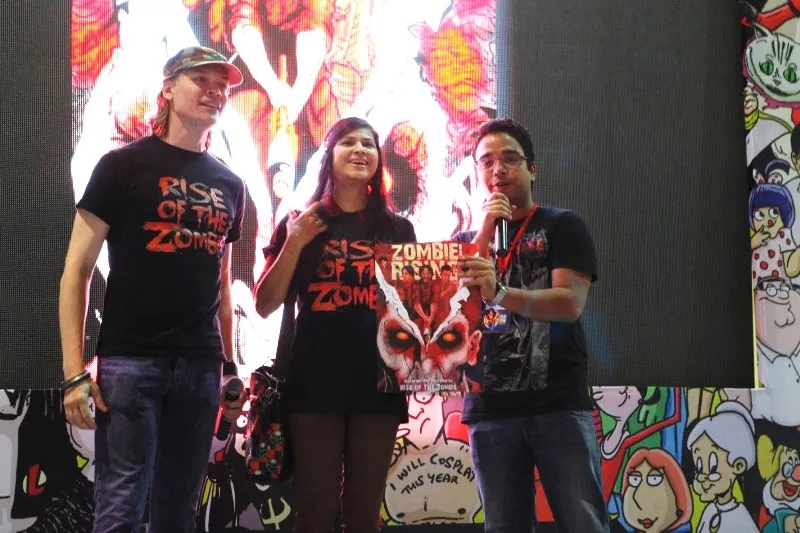
However, the problem of creators is not only the market and the audience. India lacks editors. Varma says, "There aren't good editors in India. No one is really there to somehow give them a third person's perspective, and edit - to help improve yourself each time. Getting good feedback is very important.
"There's also that there's too much mythology, and people don't want to read that. So should we create mythology, contemporary stories or heroes? In the past one year, we've started doing research to give writers feedback. You have to find your audience, and the audience is very, very scattered. There are people who really want to buy comic books - they want to read it; they buy everything. And then there are people who're not sure about it. It's a mixed bag."
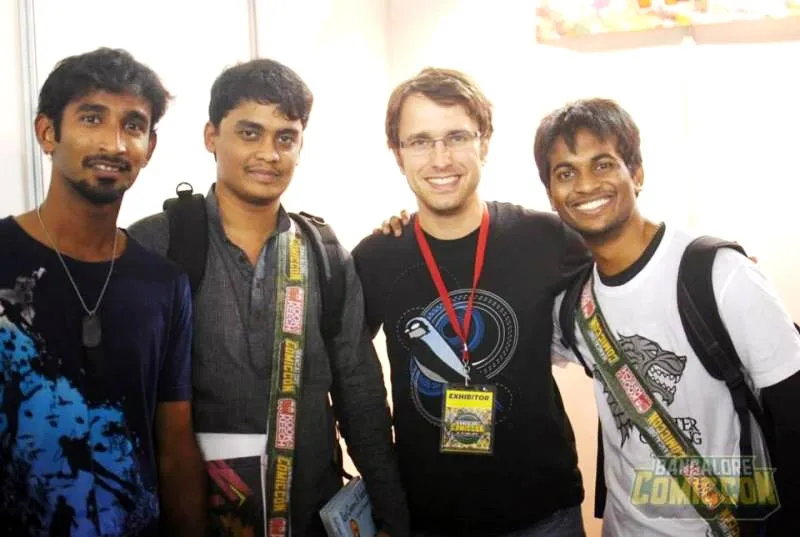
And it's still a bag that's growing. In the five years that Comic Con has grown, they've increased from five titles to 30 titles. "There are all sorts of people who're trying to publish. Some good, some bad, some okay. That surge is happening. In the next few years, we'll be able to find our voice."
Varma says creators have three options at there behest. If they go for big publishers, they're in for a long wait. Publishing houses are governed by strict market trends, which makes them terribly selective about what they'll publish. In a country like India, the likelihood of having a big publisher pick your title is extremely low. Smaller publishers will be more opening, but it comes at the cost of the title's price. You sell lower numbers at slower rates. Varma recommends creators to always keep the option of self-publishing open, especially with the Internet providing creators and readers the best platforms to interact with each other. It's a tough game to play, but it's far easier now than 20 years ago.
More than just books
Varma repeats a point he made earlier. Comic books should be premium products. "It should be sold as something that's beyond a regular book. It's a very long and arduous task of training the audience to understand this.
"For small publishers, this becomes a tough task. But even internationally, comic books are expensive. They're not supposed to be cheap. We need to up the ante and force people to see that."
Nevertheless, the Indian consumer's mind is still a tricky treat to dissect. Varma chuckles and says, "The irony is that the amount of money people spend on Comic Con is Rs 10,000-20,000. If you multiply that by 35,000 people... that's a huge amount of money we get at Comic Con.
"They're not bothered about how much money they'll spend. It's 'are you able to pull them in?' We ship in Marvel comics and put them next to action figures. The action figures are -BAM!- gone. People just read less. This is an international trend- even in places like New York." But unlike Indian publishers, Marvel and DC have it easier. First, they're long established brands, quintessential to American cultural heritage. Whilst the quality of comics being produced is important, being owned by the biggest media companies in the world helps, too. "But if you get picked up in a big way, then the book version becomes one way of putting your story out. We're very far from that; still, it's not impossible. If I travel anywhere in Asia - though, I don't know about China - there aren't any local industries. We're lucky to have the network we have in India."
However, Japan is an exception to that observation. The popularity of mangas and anime inside and outside this tiny nation is testament to that. "It's been there in Japan for decades," explains Varma. "The entire population reads it. It's very different from India and internationally." Basically, mangas have been ingrained into their culture; they're Japan's Reader's Digest. So how do we put a yamu, so to say, to India's creator-reader problem?
Varma says creators are stuck in a sludge: there's a negative attitude that Indian authors are either cheap or should be cheap; lack of editors; less feedback to help evolve the industry; there's a poor reading culture; and a general disinterest, too. Some people probably still think comics in India are made specifically for children, which was true until a few years ago. But things have changed, and readers haven't received the memo yet.
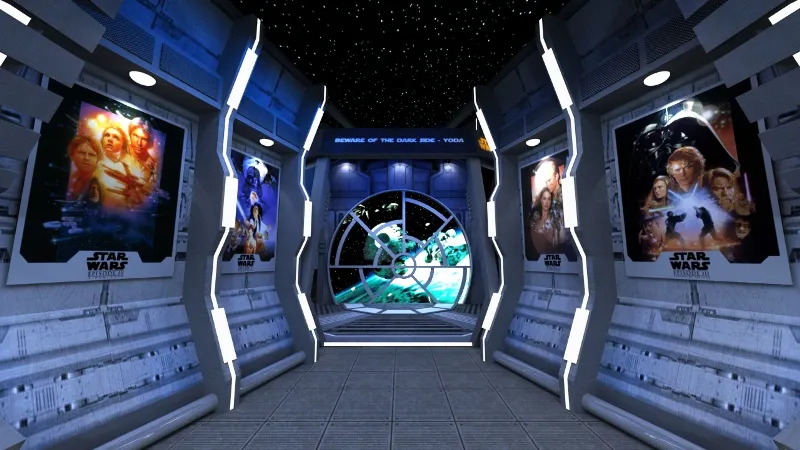
Speak in English, please!
In this new year, we've come to yawn at people still delivering heart-warming lectures on globalisation - been there; done that. The new buzzword is 'localisation'. And nowhere is that debate more contentious and ultimately philosophical than literature. However, Varma disagrees. "There is no reason, as of now, for any comic book publisher to publish in local languages. There's no incentive in it. The pricing itself would be impossible. English is our national language. It's perfectly fine; I have no qualms about it. If you print 3,000 copies, you can sell it in one area of Bangalore, and people will buy it, too. It's also your product, so it depends on what you're selling. You have to have something for the masses; it can't always be too niche."
Tinkle to Habibi and the Comic Con family
Varma's own journey into comic enthusiasm is typical of others like him. A long-time collector, his earliest memories were made in Tinkle pages. He remembers sending Tinkle his own contributions, which were readily rejected. As he grew, he came to obsess over Superman, the Red Son series, where Superman is a communist, being his favourite title. Eventually he discovered a whole slew of independent creators like Robert Crumb (Zap Comix), Art Spiegelman (Maus), Joe Sacco (Palestine, Safe Area Gorazde) and Craig Thompson (Habibi), his eternal favourite.
In India, he talks of Holy Cow Entertainment's Vivek Goel: "I don't know how he does it! He's insane and out there. Abhijeet Kini is also another great guy, and we've recently got new names coming in like Orange Radius and ICMB."
Varma says, "We're now part of a larger family of Comic Cons. Our sister events are those in New York, Australia... and we're in the process of interacting with what we like. We're heading into our fifth year; we have this great opportunity to bring more partners into India. We're trying to get better with each event."
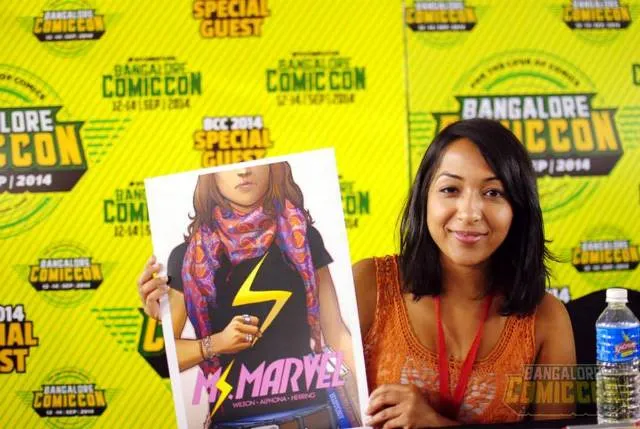
And they are. The first Comic Con was a fish market compared to 2014, which saw ticketing thin the crowds a bit. The guest list, however, was welcoming. Indian-origin Sana Amanat, currently editor at Marvel and co-creator of the first Muslim-American female superhero Ms Marvel, was present then, along with Archie's Dan Parent, V for Vendetta illustrator David Lloyd and Spy vs Spy's Peter Kruper. In Mumbai, Mark Gatiss, the actor who portrays Mycroft Holms in BBC's Sherlock, was a bit hit. This year, excited fans are already eager to hound Natalia Tena, Osha from Game of Thrones and Nymphadora Tonks from the Harry Potter movies.
"It's not easy to do events in India. There are lots of growing pains like handling huge crowds. This year, you'll see the scale of the events being gigantic with lots more experimentation. Now that we have access to a lot more things from across the globe, we wanna try all of it out in India to see what the audience might like. We're still a work progress. We want more intimate sessions, too.
"In the end, we should have our own identity - we already have our own industry, so that fuels a lot of more content. Some countries have to ship everything from the US, but there's organic content here. We just have to find the right balance between introducing new Indian content and bringing legendary writers and creators."
So show your love, not just your cosplaying skills. Comic Con 2015 begins this Friday. Support a creator. Buy a comic.






